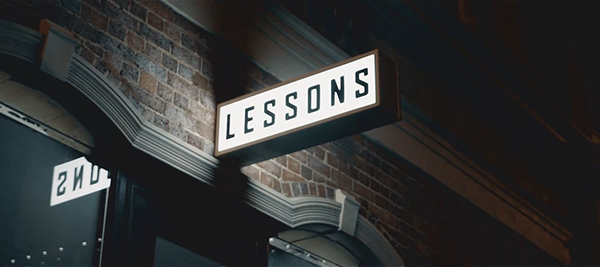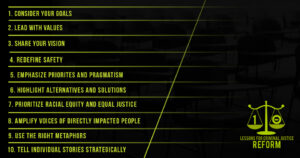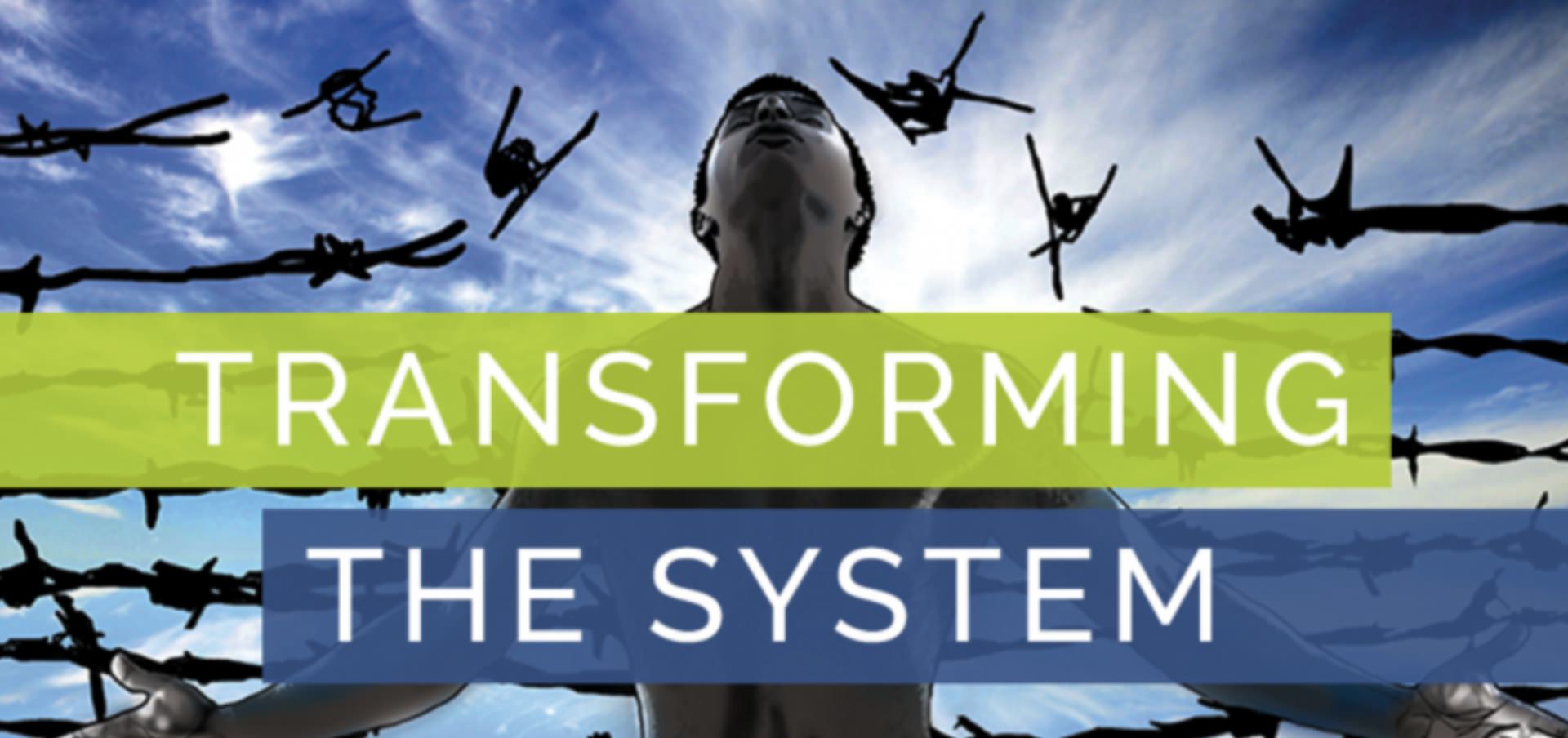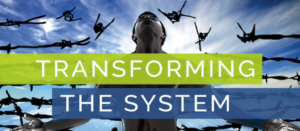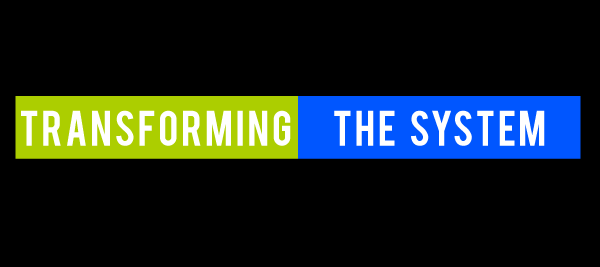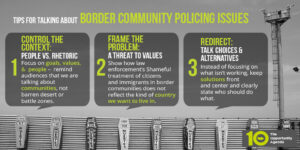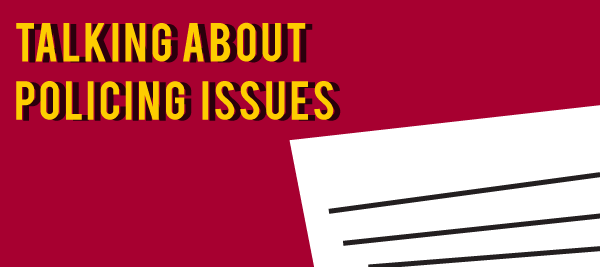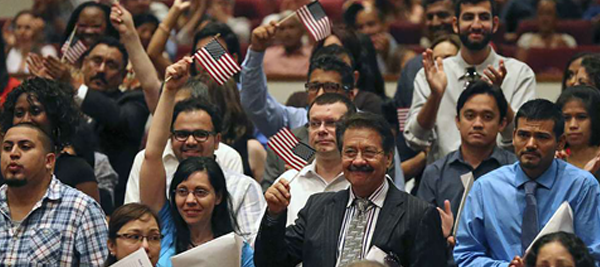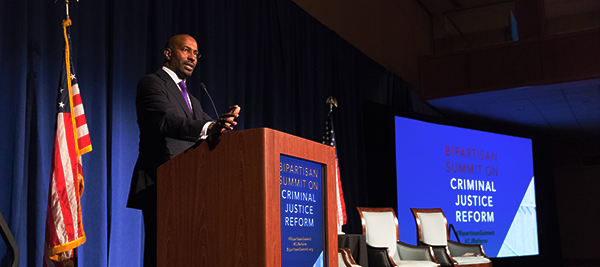February 12, 2015
President’s Task Force on 21st Century Policing
Office of Community Oriented Policing Services
U.S. Department of Justice
145 N Street, N.E. 11th Floor
Washington, DC 20530
To the Members of the President’s Task Force on 21st Century Policing:
Thank you for the invitation, pursuant to Executive Order 13684, to provide The Opportunity Agenda’s recommendations on ensuring that policing protects public safety while upholding equal justice and fundamental human rights. Our comments focus, in particular, on ensuring that police departments and municipalities receiving federal funds fulfill civil rights obligations, as well as best practices, for eliminating racial and ethnic bias.
The Opportunity Agenda is a social justice communication and policy organization with the mission of building the national will to expand opportunity in America. A fair and effective criminal justice system rooted in public safety, equal justice, and due process is central to our mission.
Freedom from Bias is Crucial to Effective Policing and Required by our Constitution.
Respect for civil and human rights and freedom from racial and ethnic bias are central to strong, collaborative relationships between law enforcement and communities. And they are crucial to the Constitutional guarantee of Equal Protection Under Law that binds all states and municipalities, as well as the federal government, pursuant to the Fourteenth and Fifth Amendments.
Yet, there is ample evidence that racially and ethnically biased policing occurs, often without accountability, in many police departments around the country. That trend, moreover, demonstrably erodes community trust and public safety, as well as our national value of equal justice. Public opinion research by The Opportunity Agenda, among others, finds that African Americans and Latinos report unequal treatment and diminished belief in the fairness of law enforcement, as compared with white Americans. The Opportunity Agenda, An Overview of Public Opinion and Discourse on Criminal Justice Issues, 2014, pg. 3, available at http://opportunityagenda.org/files/field_file/2014.08.23-CriminalJusticeReport-FINAL_0.pdf; The Opportunity Agenda, Opportunity Survey, 2014, pg. 78-83, available at. http://opportunity- survey.opportunityagenda.org/userfiles/Opportunity_Survey_Report.pdf. Addressing both the well- documented reality and the widely-held perception of biased policing is crucial to bridging that divide.
Police departments receiving federal funds must comply with Title VI of the Civil Rights Act of 1964 and it’s implementing regulations.
As recipients of federal financial assistance, police departments receiving federal funds pursuant to the COPS program or any other federal program are legally obligated to comply with Title VI of the Civil Rights Act of 1964, 42 U.S.C. § 2000d, which prohibits discrimination based on race, color, or national origin. This includes preventing and remediating racially biased policing.
U.S. Department of Justice regulations implementing Title VI for DOJ-funded programs and activities, 28 C.F.R. § 42.101 et seq., prohibit both intentionally discriminatory conduct and unjustified practices that have a racially disparate impact. Specifically, fund recipients may not “utilize criteria or methods of administration which have the effect of subjecting individuals to discrimination because of their race, color, or national origin, or have the effect of defeating or substantially impairing accomplishment of the objectives of the program as respects individuals of a particular race, color, or national origin.” 28 C.F.R. § 42.104(b)(2) (emphasis added). Racially biased policing violates that principle, whether driven by conscious bigotry, subconscious stereotypes, or unjustified policies that discriminate in practice.
The Department of Justice has supported and distributed guidelines and research on best practices for avoiding and remedying racially biased policing.
The COPS Office has commissioned and released numerous documents that provide recommendations on how police departments can better address racially biased policing. In 2002, the Office released a report that recommended creating routine structures, with open communications, between police departments and community members that go beyond the dissemination of collected data. Joyce McMahon, et al., How to Correctly Collect and Analyze Racial Profiling Data: Your Reputation Depends on It!, Community Oriented Policing Services, U.S. Department of Justice, 2002, p. 9, available at: http://ric-zai-inc.com/Publications/cops-p044-pub.pdf.
The report recommended accounting for neighborhood differences and complexities by including research methods that reflect analysis at the neighborhood, area, region, or precinct level. Id. Ultimately, analytical methods must consider multiple elements, that include examples such as: “characteristics of the driving population, presence of nearby cities/states/countries (transient populations), day-time versus night-time stops, stops that are description-based (be on the lookout for), stops of those on probation and parole, and special programs such as seat-belt violations.” Id.
In 2005, the Office released another report that, while cautioning against being viewed as the official position of DOJ, recommended various ways that police departments can collect and utilize data on racially biased policing in vehicle stops. Joyce McMahon, et al., A Suggested Approach to Analyzing Racial Profiling: Sample Templates for Analyzing Car-Stop Data, Community Oriented Policing Services, U.S. Department of Justice, March 2005, available at: http://ric-zai- inc.com/Publications/cops-p071-pub.pdf. Recommendations included developing and analyzing data on how members of a city’s total population become members of the city’s driving and stopped populations; citizen characteristics, officer characteristics, stop information, and site information; minority, non-minority, and total stops based on driving as opposed to vehicle equipment; and the location-neighborhood or census tract of the police stop. Id. at 4-13. They also included breaking down the location-neighborhood or census tract data by minority population share, unemployment rate, number of officers deployed, calls for service, average income, male population share, and whether the stops’ location-neighborhood or census tract is urban or rural or business or residential. Id. at 13-14.
The report also recommended comparing predictive stop rates to actual stop rates and using supplementary information to explain the difference if any; the rates of minorities as opposed to non- minorities being stopped and searched and, if searched, whether officers found weapons, drugs, or nothing; and who is searched after a stop when looking at the variables of the citizen’s race and gender, the age of the car, the officer’s race, tenure, and unit, the reason for the stop, and the time of the stop. Id. at 14-17.
In 2008, the COPS Office released another report, with the same precaution against being interpreted as the official position of DOJ, discussing best practices for recipients of COPS grants in addressing racially biased policing: organizational buy-in; community involvement; managing technology and planning issues; and keeping the project’s focus. Jack McDevitt et al., COPS Evaluation Brief No. 1: Promoting Cooperative Strategies to Reduce Racial Profiling, Community Oriented Policing Services, U.S. Department of Justice, 2008, p. 54, available at: http://www.cops.usdoj.gov/Publications/e08086157.pdf.
That report recommended involving lower-level officers and their representatives in all stages of development and implementation. Id. It noted that supervisors and managers should demonstrate how a program will benefit officers or, at the very least, not negatively impact them. Id. It also recommended involving police departments’ information technology staff, including offering its members an opportunity to influence policy and procedure. Id. at 55-56.
It also noted that “agencies should try to involve the public in every stage of development and implementation, rather than at a single point, and give them real opportunities to influence the process and goals, perhaps through membership on a steering committee or task force.” Id. at 56. The report recommended taking this opportunity to establish regular contact with community groups and learn about targeted communities. Id. at 56-57. It also recommends staying focused on the objective of reducing racially biased policing and not confusing having a program as being the equivalent of successfully obtaining the objective. Id. at 58.
In 2010, the Office released the report, Stop and Frisk: Balancing Crime Control with Community Relations, with a precaution against being interpreted as the official position of DOJ. The report recommended that police departments consider reforming their stop and frisk practices: improving understanding, among police officers as well as the public, of stop and frisk; and identifying best practices. Nancy G. La Vigne, Stop and Frisk: Balancing Crime Control with Community Relations, Community Oriented Policing Services, U.S. Department of Justice, 2010, p. 4, available at: http://ric- zai-inc.com/Publications/cops-p306-pub.pdf. The report recommended that the role of the police executive include the following:
- Communicate clear expectations within the department, and reinforce a culture of ethical and respectful behavior.
- Recruit officers who are service-oriented, representative of the communities they serve, and diverse in terms of their backgrounds and perspectives.
- Communicate with and solicit input from both internal and external stakeholders.
- Build accountability through measures such as documenting police interactions with citizens, analyzing data, and holding officers responsible for their actions.
- Train officers in the proper procedures for conducting stops and frisks and provide opportunities for continuing education.
- Assign officers to patrol the same neighborhoods to build relationships with the community.
The responsibilities of the individual officer, the report noted, should include the following:
- Have sound justification before deciding to stop an individual.
- Communicate clearly the logic behind the stop and walk the individual through the process.
- Employ frisk and/or search activities only if legal guidelines justify doing so.
- Treat individuals respectfully during stops.
Id. at 3.
In 2012, the Office released another report, Racial Reconciliation, Truth-Telling, and Police Legitimacy, with a similar precaution against being interpreted as the official position of DOJ. The report recommended that police departments reform their CompStat implementations in order to ensure that incentive and accountability mechanisms reduce crime and legitimize police within communities of color. Zoe Mentel, Racial Reconciliation, Truth-Telling, and Police Legitimacy, Community Oriented Policing Services, U.S. Department of Justice, 2012, p. 14, available at: http://ric-zai-inc.com/Publications/cops-p241-pub.pdf. This includes moving away from a heavy- enforcement approach that incentivizes and yields more arrests. Id. The report also cited law professor Tracey Meares from Yale University for the statement that police departments should consider the perceptions that policies, such as stop and frisk, create in communities, as opposed to simply the constitutionality of those policies. Id. at 15-16.
The report also suggested that police departments consider, if appropriate, making an acknowledgment of the tense history between police departments and communities of color. Id. at 16- 17. It also recommended that police departments establish relationships with the community in a proactive and collaborative manner in order to have trust and confidence from the community in the event of a high-profile and emotionally-charged incident. Id. at 18.
Yet COPS and other federal funding programs do not appear to consider mechanisms for, or evidence of, Title VI compliance or adherence to these best practices in determining where scarce federal funds should be allocated.
In addition to the authority and obligation to ensure Title VI compliance, the COPS Office may conduct “evaluations to determine which programs are working, how programs may be improved, and why certain programs are more successful than others.” 2014 COPS Hiring Program (CHP) Grant Owner’s Manual at 10. In assessing how the grantee implements its grant, the Office may study the effectiveness of the funded program, project, or activities; evaluate its effectiveness of crime, victims of crime, and quality of life; and ask about challenges during the implementation, and the perspectives of residents and police officers. Id. Police departments also submit quarterly programmatic progress reports and quarterly Federal Financial Reports so that the COPS Office can “ensure the proper use of federal funds.”
Yet it is at best unclear whether police departments are being evaluated or providing reports on civil rights compliance, in particular racially biased policing, to any extent beyond the original Assurance and Certification form. Although the COPS Office may hold funds for a lack of compliance with civil rights laws, and the law requires grantees to collect data and information broadly documenting their compliance, DOJ falls short of effectively requiring or aiding its grantees to comply with comprehensive civil rights requirements or best practices. See 2014 COPS Hiring Program (CHP) Grant Owner’s Manual at 11.
DOJ can do much more to ensure civil rights compliance by strengthening its implementation of Title VI and COPS statutes and regulations. Notwithstanding a certification of compliance during an application for federal funds, a police department has very little more to do in order to prove that it upholds civil rights with the federal funds that it receives, and DOJ does very little to determine compliance on the issue of racially biased policing. By shortening the gap between law and practice, DOJ can ensure the implementation of its statutory and regulatory scheme as well as improve police and community relations in a manner that maintains public safety while respecting civil rights.
Currently, a police department that receives federal funds must, as an explicit condition of receipt, acknowledge and agree that it will not subject any person to discrimination. U.S. Department of Justice, community oriented policing services, granting monitoring standards and guidelines for all cops grants and cooperative agreements (2014), 100, available at http://tinyurl.com/odhvqj4. The police department acknowledges and agrees by signing a standard Assurance and Certification form. U.S. Department of Justice, Community Oriented Policing Services, COPS FY2014 application guide: Cops Hiring Program (CHP) (2014), 13, 42-43, available at http://tinyurl.com/lcjhada; U.S. Department of Justice, community oriented policing services, 2014 Cops Hiring Program (CHP) Grant Owner’s Manual (2014), 39-41, available at http://tinyurl.com/lfvg5qk. The Assurance and Certification form states, with a written affirmation by a Law Enforcement Executive, that the police department will not discriminate based on the protected classes pursuant to Title VI, and that it will ensure meaningful access to persons with limited English proficiency pursuant to Title VI guidelines. 2014 COPS Hiring Program (CHP) Grant Owner’s Manual at 39-40. Unfortunately, this is generally where the affirmative obligation to prohibit racially biased policing with federal funds and federally funded activities begins and ends. While a police department signs this Assurance and Certification form during its application, it does very little to establish its compliance anytime afterwards.
The Department of Justice and Other Federal Entities that Fund Police Departments Should Require Specific, Demonstrable Evidence of Proactive Efforts to Prevent and Address Racially Biased Policing.
Executive Order 13684 pursues policing practices that promote effective crime reduction while building public trust and fostering strong, collaborative relationships between local law enforcement and the communities they protect. In order to make that promise a reality, DOJ must go beyond passive affirmations and require concrete, demonstrable evidence of civil rights compliance before, and as a condition on the receipt of federal funds, as well as during the period of funded activity. Moreover, effective incorporation of basic practices such as collecting and reporting data on police stops disaggregated by race and ethnicity, implicit bias training, and accountability for all instances of biased policing should be prerequisites for initial and renewed receipt of federal funds.
Innovative Anti-Bias Practices Should be a Competitive Advantage in Receiving COPS and Other Funds.
In addition to requiring demonstrated compliance with the basic requirements of Title VI, the COPS program and other federal funding entities should make innovative best practices for preventing and addressing biased policing a “plus” factor in competitive grant awards. Practices recommended in reports commissioned by the COPS Office and related entities should receive particular priority, and DOJ should continue to commission and update these recommendations.
Conclusion
Thank you once again for making effective and equitable community policing a priority, and for considering The Opportunity Agenda’s recommendations. We hope to see these and other proactive solutions in the Commission’s final report to the President.


